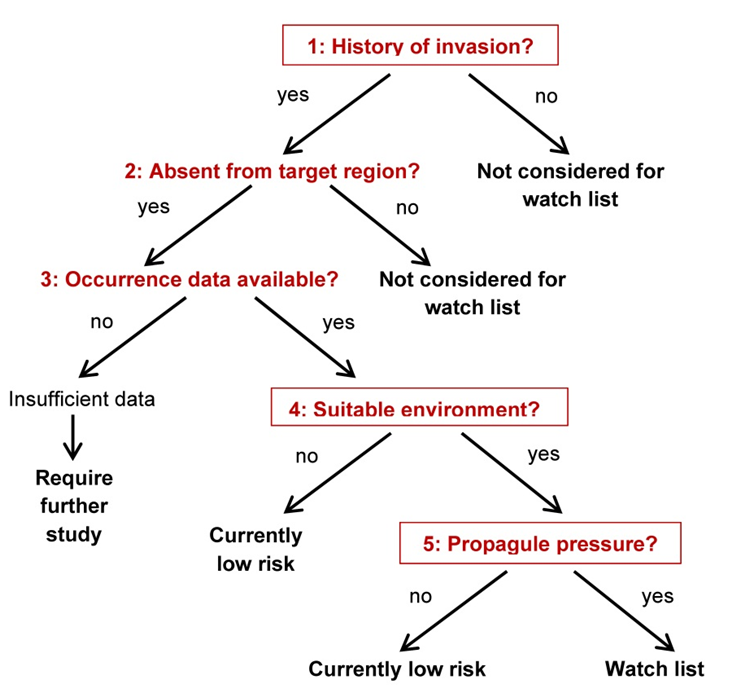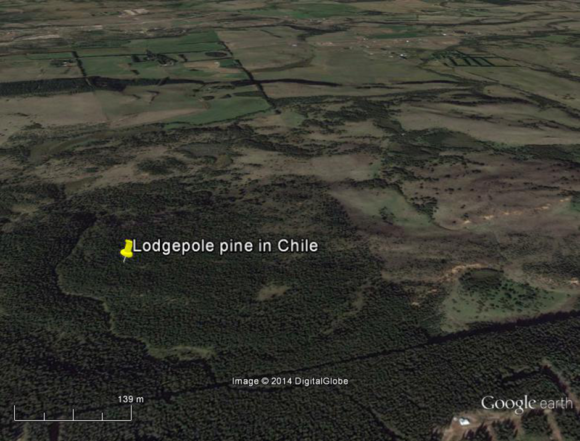Invasive species risk assessments have been developed to identify species that pose an invasion risk. Unfortunately, risk assessments tend to be expensive and time consuming, and due to a lack of resources (data, skills and funding) many resource poor nations cannot implement these tools. For developing nations, a useful alternative approach may be to develop watch lists of invasive species. Watch lists identify species that have an invasion history, and are absent from the region of interest, but could pose an invasion risk if brought into the region. The methodologies used to develop these watch lists are often much simpler than risk assessments (e.g. use less criteria), and are therefore suitable for universal use.
In a recent paper published in Biological Conservation, C∙I∙B student Katelyn Faulkner and C∙I∙B researchers Prof Mark Robertson, Prof Mathieu Rouget and Prof John Wilson suggested a methodology for the development of watch lists for invasive species.
The team developed a five-step methodology which takes into account three predictors of invasion success: a history of invasion elsewhere, suitable environmental conditions and propagule pressure. Only readily available data, open-source software and simple techniques are used to identify species that meet these three criteria. To test the methodology, the team used South Africa as a case study. The methodology was tested at a national level for a wide variety of taxonomic taxonomic groups and at a provincial level (Western Cape and Limpopo provinces) for plants. It was found that the methodology could be easily applied at different political levels and 400 species that may pose an invasion risk to South Africa in the future were identified.
According to Katelyn the watch list methodology has many advantages. “It is transparent and based on sound scientific principles. As the data used are available, and the techniques are simple, the methodology can be used by anyone with internet access and GIS experience. The methodology can, at a low cost, rapidly identify potential invasive species, making it particularly valuable for nations that are lacking resources.”
Read the paper
For more information, contact Katelyn Faulkner at katelynfaulkner@gmail.com



